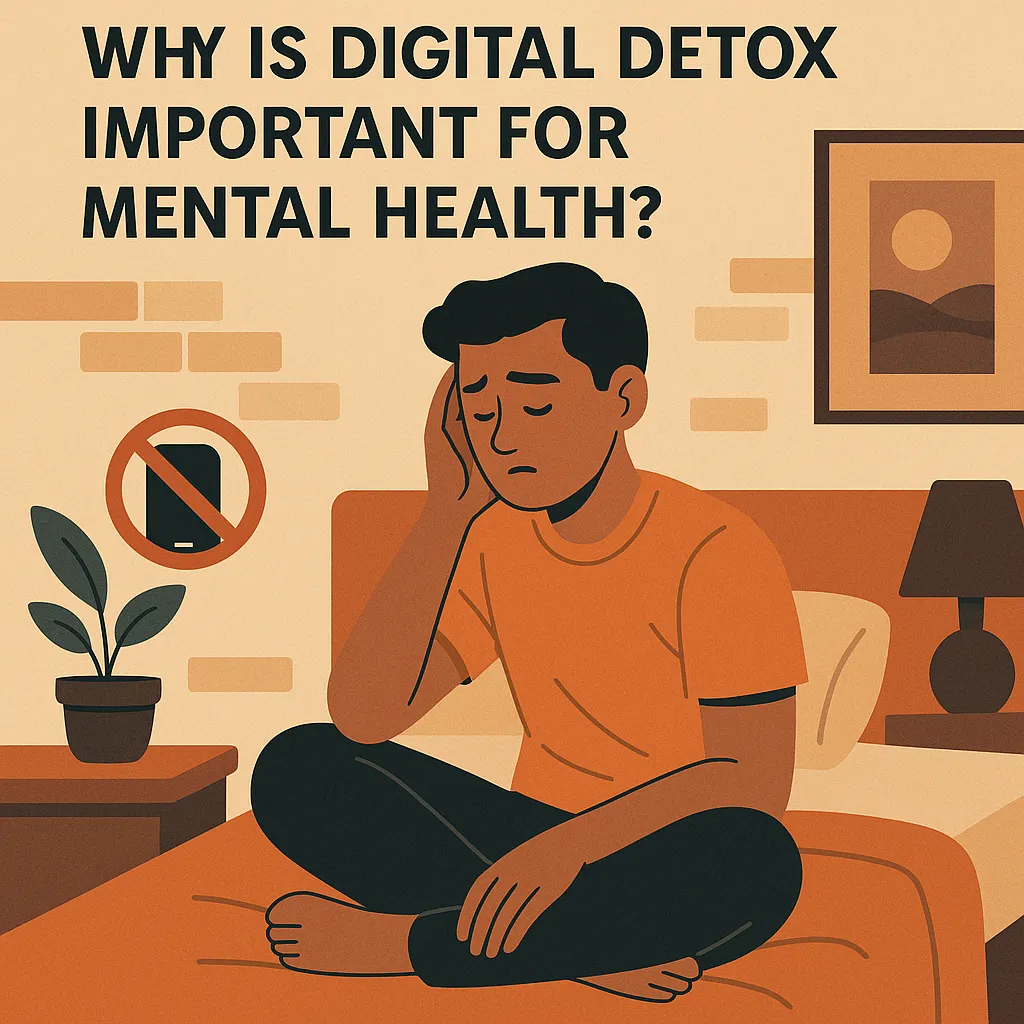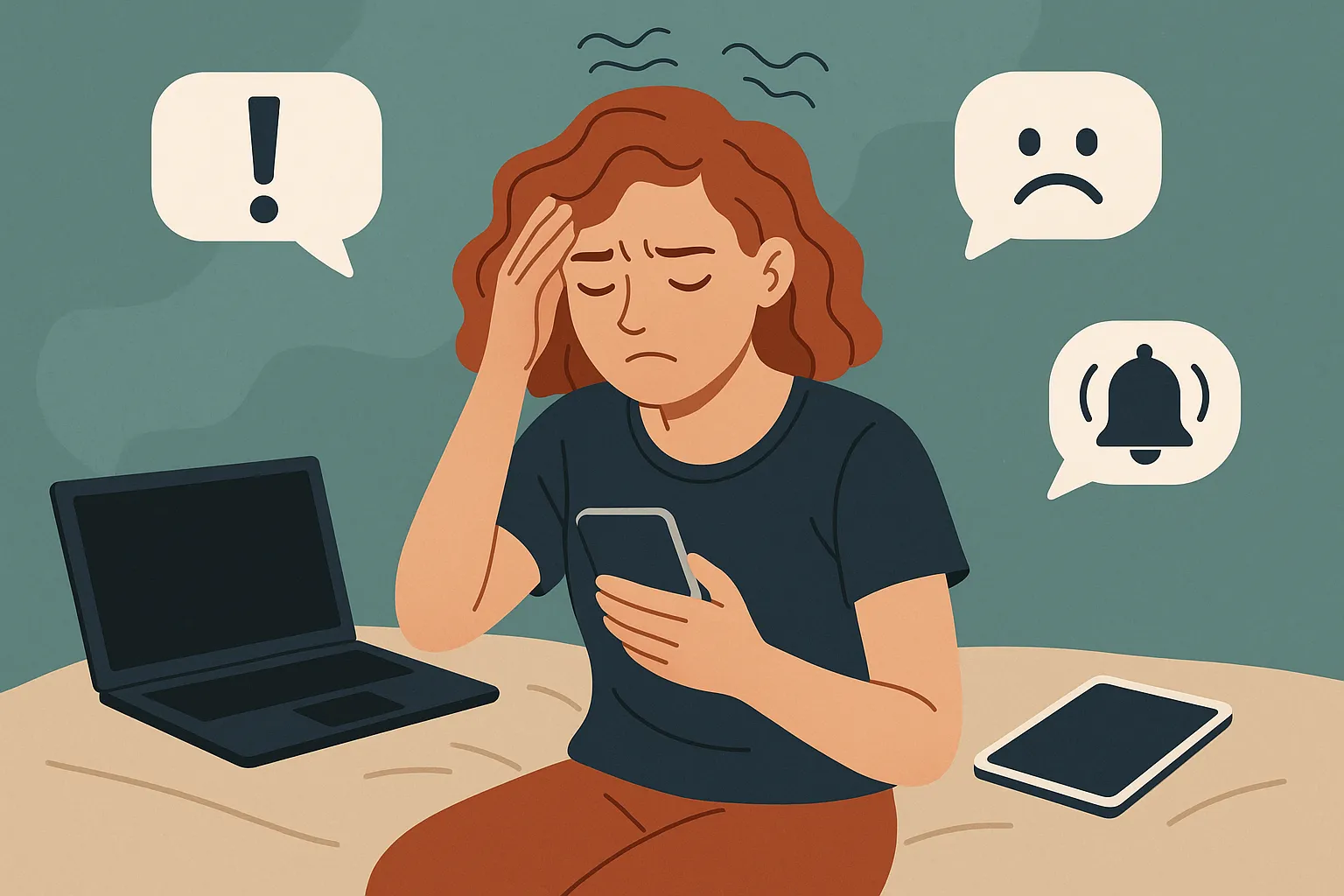In an era where digital connectivity permeates every aspect of our lives, the concept of a digital detox has gained significant traction. A digital detox involves taking a break from digital devices to focus on real-life interactions and personal well-being. However, while the idea is appealing, executing a successful digital detox can be challenging. To ensure the effectiveness of your digital detox, it is crucial to avoid common mistakes that can undermine your efforts. This article will explore these pitfalls and provide guidance on how to successfully navigate a digital detox for a healthier lifestyle and more fulfilling family connections.
Setting Unrealistic Expectations
One of the most common mistakes during a digital detox is setting unrealistic expectations. Many individuals embark on a detox with the intention of completely disconnecting from all digital devices. While this may sound ideal, it often sets the stage for failure.
Example
Imagine a busy professional who decides to go cold turkey on all digital devices for a week. Within a day, they may find themselves overwhelmed by the demands of their job, which necessitates digital communication.
Best Practice
Set achievable goals. Instead of completely disconnecting, start with manageable time slots where you refrain from using digital devices. Gradually increase these intervals as you become more comfortable.
Lack of Preparation
A digital detox requires thoughtful planning to be successful. Jumping into it without adequate preparation can lead to frustration and failure.
Example
Consider a family planning a weekend digital detox. Without planning alternative activities, they may find themselves bored and quickly revert to screen time.
Best Practice
Prepare by scheduling engaging activities that do not involve screens. This could include outdoor adventures, board games, or visiting local attractions. Having a plan in place ensures that the detox period is filled with enjoyable and fulfilling experiences.
Neglecting Social Commitments
Another mistake is neglecting social commitments that depend on digital communication. Ignoring emails, messages, or social media can lead to misunderstandings and missed opportunities.
Example
A friend’s wedding invitation sent via email might go unnoticed, resulting in missed important events and strained relationships.
Best Practice
Inform your social circles about your digital detox in advance. This way, they understand your unavailability and can reach you through alternative means if necessary.
Ignoring the Underlying Causes
A digital detox should not be a temporary escape but a step towards addressing deeper issues related to digital dependency.
Example
If someone uses social media excessively to escape loneliness, merely taking a break without addressing the root cause will only provide temporary relief.
Best Practice
Reflect on the reasons behind your digital dependency. Consider seeking professional help or counseling if needed to tackle underlying issues such as anxiety or loneliness.
Failing to Involve Family
A digital detox can be more effective and enjoyable when done collectively as a family. Failing to involve family members can lead to friction and lack of support.
Example
A parent decides to undergo a digital detox but does not communicate this decision to their children, leading to confusion and resistance.
Best Practice
Engage your family in the detox process. Discuss the benefits and set collective goals. This not only fosters stronger family bonds but also ensures mutual support and understanding.
Concrete Examples and Use Cases
To better understand how to avoid these mistakes, consider the following scenarios:
-
Scenario 1: A couple plans a digital detox weekend. They inform friends and family, prepare activities like hiking and cooking together, and agree on specific times to check essential messages. This thoughtful approach leads to a rejuvenating experience.
-
Scenario 2: An individual attempts a digital detox by simply turning off their phone without informing colleagues or planning any activities. They feel isolated and anxious, eventually abandoning the detox.
These examples highlight the importance of preparation, communication, and setting realistic goals for a successful digital detox.
Key Points and Best Practices
- Set Realistic Goals: Start small and gradually extend your digital detox periods.
- Plan Ahead: Schedule alternative activities to keep yourself and your family engaged.
- Communicate: Inform your social and professional circles about your detox to avoid misunderstandings.
- Address Underlying Issues: Reflect on why you need a detox and address any deeper concerns.
- Involve Family: Make the detox a collective family experience for better support and bonding.
FAQ
1. How long should a digital detox last?
The duration of a digital detox depends on individual needs and goals. Starting with a few hours a day and gradually extending to a full weekend or even longer can be effective. It’s important to find a balance that feels manageable and beneficial.
2. Can I use my phone for emergencies during a digital detox?
Yes, it’s reasonable to keep your phone accessible for emergencies. The key is to limit non-essential usage and set boundaries for checking messages or emails.
3. What if work requires me to be digitally connected?
If work obligations make it difficult to fully disconnect, consider implementing a partial detox. Designate specific times for digital use related to work, and disconnect during personal time.
4. How do I handle withdrawal symptoms during a digital detox?
Withdrawal symptoms such as anxiety or restlessness are common. Combat these feelings by engaging in physical activities, practicing mindfulness, or spending quality time with loved ones.
5. Is a digital detox suitable for children?
Yes, a digital detox can be beneficial for children. However, it should be approached with consideration of their needs and interests. Involve them in planning activities and explain the benefits of taking breaks from screens.
Conclusion
A digital detox offers an opportunity to reconnect with oneself, family, and the world beyond screens. By avoiding common mistakes such as setting unrealistic expectations, neglecting preparation, and ignoring underlying issues, you can enhance the effectiveness of your detox. Engage your family, communicate your intentions, and plan enjoyable activities to ensure a fulfilling and successful digital detox. With thoughtful execution, a digital detox can lead to improved well-being and stronger family connections. For further reading on the benefits of digital detox, you may find insights in articles from the American Psychological Association.







